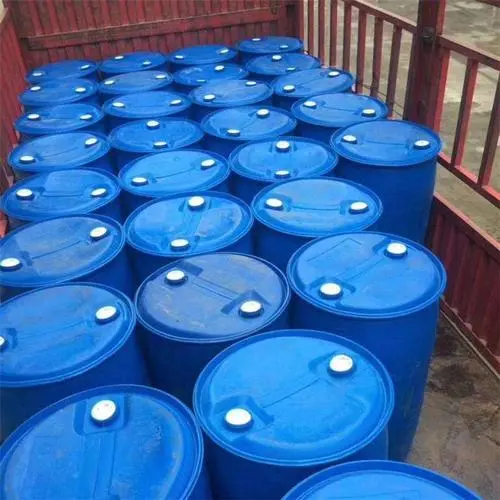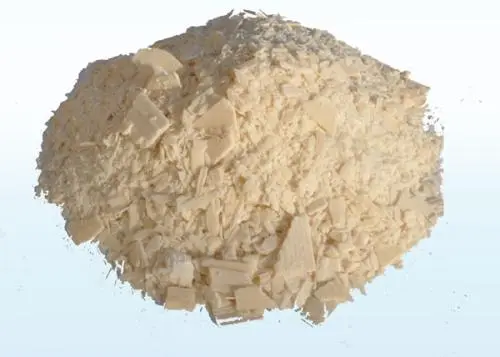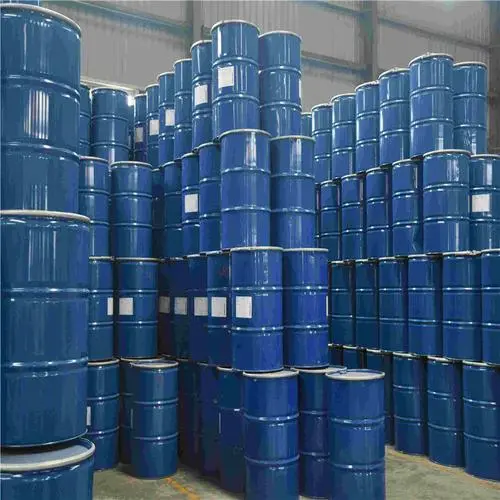One of the main tasks of tar distillation is to cut the naphthalene-containing fraction for further separation and refining.
refining. In the process of tar distillation, according to the different fraction cutting process systems, the naphthalene enriched fractions are Naphthalene oil fraction, naphthalene washed mixed fraction and phenol naphthalene washed triple mixed fraction, etc.
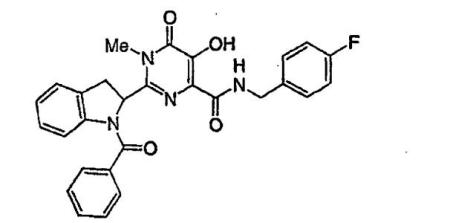
Technical naphthalene is the main product of tar processing, .
Separated by coal tar, naphthalene in high temperature coal tar about 8%-12% of naphthalene in high temperature coal tar, distill the coal tar, c
ut the kerosene, and distill it by dephenolization, dequinolization, and distillation to get finished naphthalene. Each ton of naphthalene consumes 10t of coal tar;
The current production method of industrial naphthalene is mainly distillation and cooling crystallization method.
I. Raw materials and products
The raw material for the production of technical naphthalene is the fraction of enriched naphthalene obtained from the distillation of tar,
and these fractions these fractions also contain phenols, salt-based compounds and unsaturated compounds,
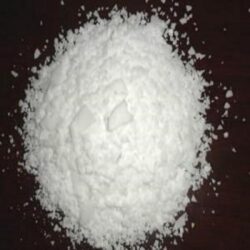
some of which have a boiling point similar to that of the boiling point of some components is similar to that of naphthalene,
which is easy to enter the industrial cai when distillation, and needs to be washed by alkali and acid first.
II. Production of industrial naphthalene by distillation
(1)
Double-furnace double-tower continuous distillation process
The so-called double furnace double tower, refers to the process uses two tube furnace, two distillation(primary distillation tower and distillation tower).
Double furnace and double tower continuous distillation process, this process uses two tube heating furnace and two distillation towers,
the raw material used is naphthalene oil or mixed distillate oil after alkali or acid washing.
Naphthalene containing fraction after static dehydration, by the raw material pump to the industrial naphthalene heat exchanger starter, the temperature from 80~90°C to about 200 “C,
into the primary distillation tower.
The phenol oil vapor escaping from the top of the primary distillation tower is cooled by after condensation cooling and oil-water separation into the reflux tank,
most of the reflux for the primary distillation tower, reflux ratio most of it is used as the reflux of the primary distillation tower,
with a reflux ratio of 20~30 (for phenol oil products); a small portion flows into the finished phenol oil tank.
The bottom of the primary distillation tower has been stripped of The naphthalene-containing fraction at the bottom of the primary distillation tower is heated to 265~270C by a hot oil pump to the tube furnace of the primary distillation tower,
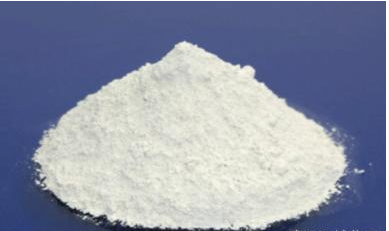
and then returned to the lower part of the primary distillation tower to supply back to the primary distillation tower low,
in order to supply heat to the primary distillation tower. At the same time, the hot oil circulation pump in the primary distillation tower outlet is divided into apart of the distillation oil into the distillation tower, the feed temperature of 230 ~ 235 “C.
Distillation tower top steam temperature the temperature of the steam at the top of the distillation tower is controlled at about 218C, and the industrial naphthalene vapor enters the heat exchanger after heat exchange with the raw oil.
The condensation cooler, the industrial naphthalene is cooled to 100~110 “C and then flows into the industrial naphthalene reflux tank,
One part is used as reflux of the distillation column with a reflux ratio of about 3 (for CN products);
one part is cooled by a rotary drum the crystallizer is cooled to get the crystallized CN flake, which is the finished CN product. Distillation tower bottom residual oil.
With hot oil pump to the tube furnace heating to about 280C, and then return to the distillation tower to provide heat.
At the outlet of the hot oil pump, a part of the residual oil is separated as low naphthalene washing oil, and after cooling, it enters the washing oil tank.
The process flow is characterized by: cutting phenol oil from the primary distillation tower,
cutting from the top of the distillation tower Naphthalene containing >95% of the industrial naphthalene and low naphthalene wash oil,
naphthalene refining rate of about 90%, thermal efficiency high efficiency, low operating costs and costs, and easy to operate.
(B) single-circuit tower production of industrial Cai distillation process
The washed naphthalene oil and washed oil mixture are heated to 80-90C in the middle of raw material tank 1.
And then resting dehydration, and then pumped by the raw material 2 sent to the tube of the tube furnace 3 – – group furnace tube preheating to 240-250C.
The temperature of the gas phase at the top of the tower is controlled at 199-201C.
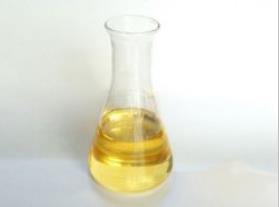
controlled at 199-201C, the gas escaping from the top of the tower is condensed and cooled by phenol oil condensing cooler 5.
The gas escaping from the top of the tower is condensed and cooled by the phenol oil condensing cooler 5 and then enters the oil-water separator 6,
and the water separated into the reflux tank 7, the resulting Phenol oil containing less than 10% phenol and less than 35% naphthalene from the bottom of the reflux tank with phenol oil reflux pump9 for tower reflux.
A small amount of phenol oil and water is discharged intermittently from the oil-water separator 6 to the phenol oil tank 8,
The oil-water mixture accumulated in the phenol oil tank is poured into the scrubber by the reverse oil pump and dewatered to obtain both phenol the oil and water mixture accumulated in the phenol oil tank is pumped into the scrubber and dehydrated to obtain phenol oil,
which is then mixed with the phenol oil obtained from tar distillation and de-phenolized.
The refined phenol oil after dephenolization is sent to the finished phenol oil tank in the oil depot.
The washed oil at the bottom of the tower is pumped out by hot oil circulation pump 15 and heated to 297-300C by the second set of furnace tubes of tube furnace 3.
After heated to 297-300C, it is pumped back to the tower, and a part of the washed oil is separated from the outlet of the hot oil circulation pump 15 and cooled by the cooler 16.
The washed oil is cooled by the cooler 16 and then flows into the washed oil reservoir through the metering tank 17.
The oil is cooled by the cooler 16 and then flows into the oil storage through the metering tank 17.
The finished washed oil should contain less than 10% naphthalene for gas washing benzene in crude benzene section.
The temperature of 219°C (containing naphthalene.) is extracted from the side line of the 46th tower tray of the technical naphthalene distillation tower.
More than 95%) of the liquid industrial Cai, through the industrial naphthalene vapor condensing cooler 10 cooling to the liquid industrial naphthalene is cooled to about 120°C by the industrial naphthalene vapor condensing cooler 10, flowed into the industrial naphthalene storage tank 11, cooled and crystallized by the rotary drum crystallizer 12.
Then we can get white flake crystalline industrial naphthalene.
The process is characterized by the use of naphthalene oil or mixed fraction as raw material, in the equipment of the distillation tower with a tube furnace.
The process is characterized by the use of naphthalene oil or mixed fraction as raw material, distillation in the equipment system of distillation tower with tube furnace, from the distillation tower to cut phenol oil, containing.
Naphthalene containing more than 95% of industrial naphthalene and low naphthalene wash oil.
It is compared with the two-furnace, two-tower process, simplifying It simplifies the process, reduces the labor consumption and equipment, but the operational stability is slightly less,
At the same time the operational control is more difficult…
(C) single-furnace double-tower pressurized continuous distillation process
Because of the different raw material fractions, each plant has different conditions, single-furnace double-tower process is different, for the naphthalene oil fraction as raw material, and there are nitrogen supply conditions.
Process plant used in the process flow as shown in the figure. Its characteristics are, the distillation tower (naphthalene tower) in the pressurized conditions of operation, to naphthalene vapor steam.
Under pressure conditions, the naphthalene vapor condensing cooler as a reboiler of the primary distillation tower is this is called double-effect distillation.

 By Coco Ho
By Coco Ho
